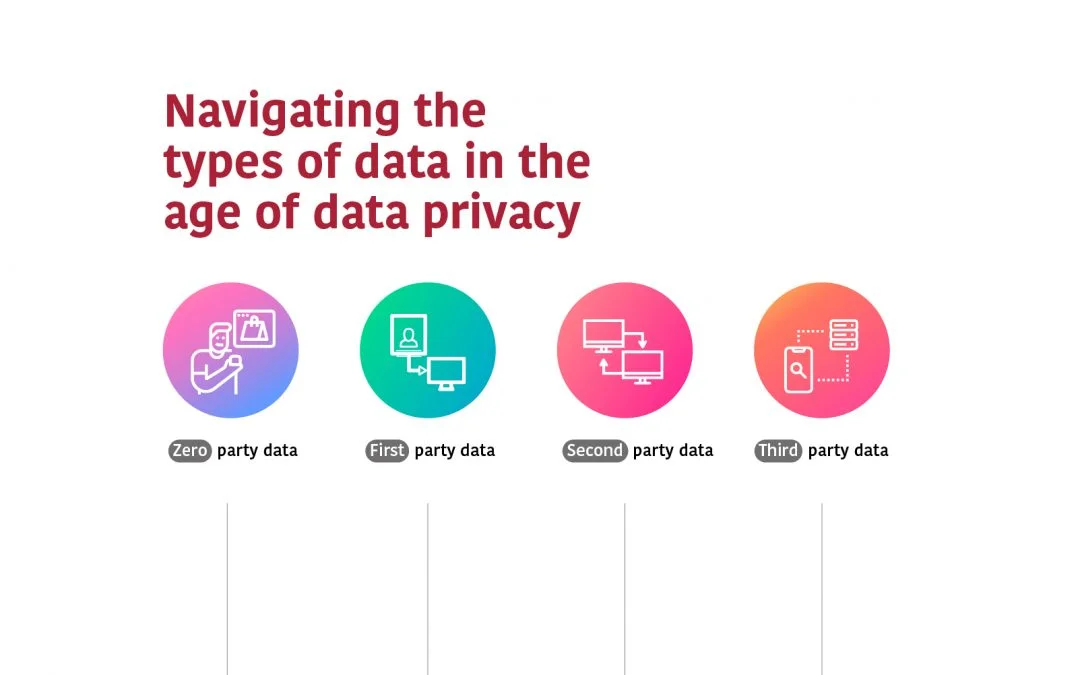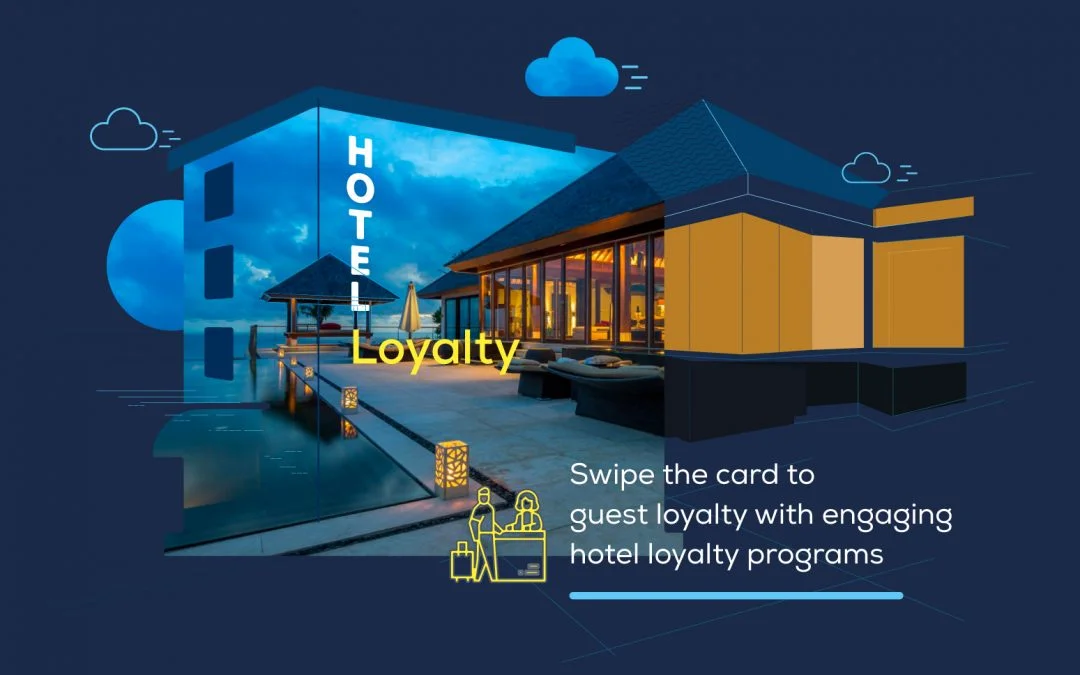- Design industry shaping loyalty programs
- Integrate easily and go live quicker
- Deliver hyper-personalized consumer experiences
Blue Rewards from Al Futtaim Group Shares Loyalty Success Stories and Evolution. Watch Podcast >
Capillary Triumphs with 4 Prestigious Wins at the 2025 International Loyalty Awards! Read more >

Keeping your customers happy and transforming them into brand advocates involves more than great service. How will you ensure that your customer keeps coming back to buy your product in the future? One great way to ensure returning customers is to have a powerful customer loyalty program. In fact, 76% of customers in the US agreed that a great loyalty program is a major factor in determining their shopping preferences.
Here are some more statistics around customer loyalty programs :
The 3Cinteractive study says that 64% of brands reported an increase in customer loyalty programs in recent times. Loyalty programs are moving away from the traditional spend-and-get models to more sophisticated channels like omnichannel and multichannel programs, which recognize every interaction that the customer makes with the brand.
Here are some of the biggest and latest trends in customer loyalty programs
The use of omnichannel and multichannel loyalty programs are proving to be very effective. Omnichannel loyalty programs help customers connect with the brand easily and seamlessly across different touch points. Consumers are given the opportunity to be rewarded for spends and brand engagement across all channels like app, website and social. The data that is captured through omnichannel loyalty programs help brands to offer personalized communication and experiences to their customers.
Beauty giant Tarte’s launched their “tarte <3 rewards” loyalty program, where they reward their customers for not only spending their money on their brand, but for sharing content and their experiences on social media, referring their friends and reading the emails sent by the company. These kinds of activities turn members into brand advocates, keeping them informed and engaged about the brand and helping to spread the good word around to a larger audience. The data that is captured about the members; how they spend their money and their engagement activities helps the brand to further amplify its marketing efforts.
There is a connection between personalization and customer satisfaction. 67% of customers said that they are very happy when they are made to feel special and recognized through personalization. The satisfactory meter for customers who received personalized communication and offers is 2.7 times more than normal customers.
It was found that customers were willing to share their personalized data with brands in return for personalized experienced. This data can be leveraged to offer relevant promotions, upsell and cross-sell relevant products and services and make personalized recommendations.
Many resellers are using personalization in their marketing and customer strategies. Members of the DSW Rewards Program were sent an email to let them know how many points were required by them to receive a $10 certificate, were informed of other deals that they were eligible for and were given a detailed snapshot of the interactions that they have had with the brand over the last two years. This data included how many points they have earned, how much they have saved and since how long they have been loyalty members. This program was a huge success and saw a 64% increase in the openings of emails, a 13% increase in click-through rates and a 58.82% rise in customers who opened their emails and read them for about 15 seconds. This kind of a program not only keeps customers informed about their engagement, but it also encourages sales.
Customers expect brands to be socially responsible; to go beyond making profits, become drivers of change and become active in their respective communities. This has a major impact on customer loyalty, as customers are more likely to support businesses that have a purpose beyond profits and are ready to make a difference to their communities and the environment at large. A staggering 66% of customers were willing to pay more for products and services that come from companies that are committed to social and environmental causes and those that work towards bringing about a positive impact on society. Customer expectations and loyalty are better met when corporate social responsibility is incorporated into a loyalty program.
TOMS Shoes has a Passport Reward Program whereby their members have an option to redeem points towards a donation, a charitable cause or an initiative. For example, members can make a $25 donation to support the company’s after-school groups or community development programs. This option creates a goodwill amongst the members and helps them to emotionally connect with the brand.
Partnerships amongst brands have taken center stage and are seen as a strategy for growth. This is also a great strategy to stay ahead of the competition as it allows brands add value to customers, beyond what they themselves can provide. The right kind of partnerships amongst brands provides new and exciting ways to reward customers. This, in turn, increases sales and loyalty.
For example, Wyndham Rewards, that is a loyalty program offered by the Wyndham group of hotels has partnered with Caesars Entertainment’s award-winning casino-based “Total Rewards” program. This allows members access to leading industry travel experiences, perks and benefits such as complimentary status match, one-of-a-kind hotels, restaurants and entertainment. This kind of partnership and branding also allows the hotel group to access potential new customers.
Premium loyalty programs are getting very popular because members want to enjoy benefits and they do not mind paying extra for them. For example, Amazon Prime offers many benefits to its members, in the course of their loyalty programs. In a study conducted on consumers, 62% of respondents said that they were willing to consider joining a loyalty program, if their favourite retailer was offering them one. This percentage increased with the millennials. 75% of customers in the 18-24 age group and 77% between the ages of 25 and 34 years said that they would be willing to join a fee-based reward program. 47% of the audience that was studied said that rewards in a fee-based program were much better than rewards in a free program.
The PowerUp Rewards premium loyalty program by Gamestop takes pride in having more than 50 million members. Members of the program contributed three times the revenues of non-members. Recently, the brand introduced a new program, that is an upgrade from the current level (Pro). The new PowerUp Rewards Elite Pro membership costs $29.99 USD per year, which is double of what people pay for Pro. But members do not mind paying this amount because it provides them with additional perks, including free two-day shipping, $50 in exclusive monthly offers and discounts on pre-owned games and software. The brand received feedback from reward members who wanted to earn more points and subsequently enjoy more rewards and hence this program was introduced. The success of this program demonstrates that PowerUp Reward members see the value that they get in paying an additional fee. For gaming enthusiasts willing to go the extra mile, the brand encourages spend and loyalty.
A research that was recently conducted by Forrester found out that emotions are a very strong factor in loyalty programs and they in fact, drive them. This means that companies should invest in frameworks that help them understand emotions of their customers at various interaction points. Finding out what kind of behaviour elicits their consumers’ actions and emotions is a step in the right direction towards true loyalty.
The survey of marketers found out that most brands are trying to build an emotional connection with their most frequent shoppers.
Gallup conducted research where it was discovered that emotionally loyal customers were willing to be loyal to a brand, even if less-expensive alternatives were offered. During this research, they also found out that consumers with strong emotional connections to retailers were willing to visit their stores 32% more often and spend 46% more on the average bill value.
For example, to reward customers who showed an interest and demonstrated deeper emotional connections and a dedication to the show, “The Walking Dead”, the studio offered “money-can’t-buy” experiences and rewards. Leveraging a loyalty program, the brand encouraged fans to attain these unique rewards through further engagement. Members who accumulated the highest level of points as part of the program, enjoyed one-of-a-kind experiences, including VIP tickets to the “Talking Dead” show, a set tour and meet-and-greet with the cast.
Customer loyalty is changing constantly. Customers are increasingly demanding to be seen and heard as individuals, with specific needs and requirements. Using AI in loyalty programs can solve a whole lot of issues and concerns that plague the existing system.
How is AI used in these programs? It is the only way to reach out to huge numbers of customers that run into thousands and millions. It is the best way to capture an individual’s need, intentions or preferences, in real-time. Each individual’s data is captured, thereby putting together a collective database that delivers information which goes far beyond numbers. Technology like speech recognition, dialogue management, natural language processing etc. are used to create intelligent assistants. These intelligent assistants can interact easily and naturally with human beings and can help them with accessing information and completing tasks.
For example, AI can help power Virtual Assistants who can monitor specific customer behavior and reward them for it. This in-turn inspires loyalty in customers and all this can be done without the intervention of human beings.
Another good feature of the integration of AI is that it offers security against cybercrimes, fraud and theft. AI systems can also augment employee performances, which frees them from mundane tasks, so that they can focus on important areas that maximizes customer experience.
The benefits of using Blockchain in customer loyalty programs are cost-efficiency, speed and real-time response capabilities, both for participants and stakeholders. An efficient way to reduce management costs and to bring about transparency in transactions are some of the other benefits that are offered through this technology. Cryptography that is available in Blockchain Technology exposes fraudulent transactions and flags off mistakes. They also offer customers the ability to create, redeem and exchange reward points across partners and different vendors.
To stay relevant, loyalty programs should leverage the latest technology and always keep customers at the center of their focus.

January 5, 2018 | 4 Min Read
Keeping your customers happy and transforming them into bran

February 3, 2025 | 4 Min Read
Navigating data privacy? Learn the key differences between z

October 21, 2024 | 8 Min Read
Every guest is different, having varying preferences for dis